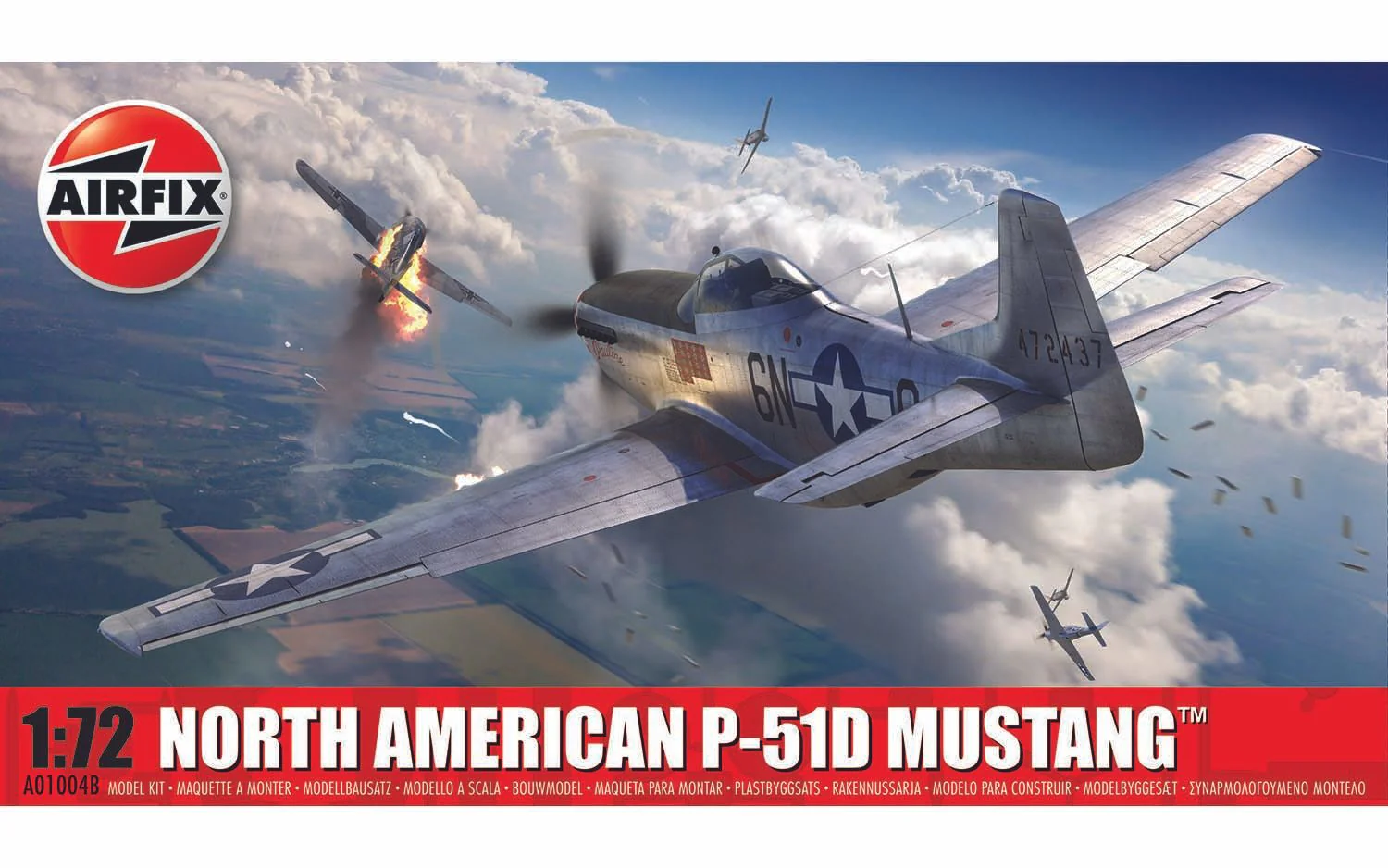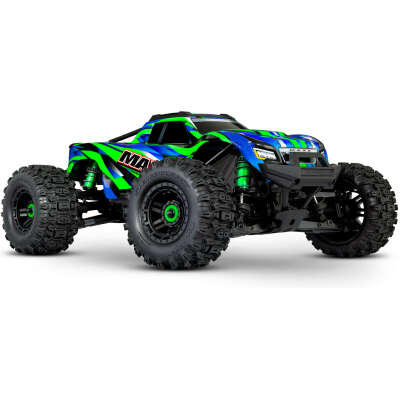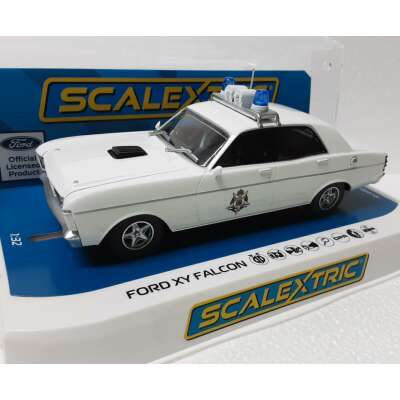Description
The North American P-51 Mustang is one of the most famous and easily-recognisable of Allied types to have served during WWII. It was originally designed to a British requirement for a low-altitude fighter, and because it was designed around the Alison V-1710 engine, it had limited performance at higher altitudes. This shortcoming was famously addressed by the marriage of North American’s airframe to Rolls Royce’s legendary Merlin engine. Once so equipped, the Mustang was able to take on Luftwaffe fighters on equal or better terms up to 15,000 feet. In common with later Spitfires, the D model of the Mustang employed a cut-down rear fuselage and a bubble canopy, giving pilots superb all-round vision, but soon requiring a fillet to the tail to return some of the lost stability. Other improvements included adding extra .50cal machine guns to the wings, giving the pilot three guns per wing with a commensurate increase in firepower. Over 8,000 P-51Ds were produced before it was superseded by the next variant, more than any other Mustang type.
The outstanding feature of the aircraft was its range, which enabled Mustangs to escort bombers all the way to Berlin and back, reducing bomber losses, and diminishing the number of enemy fighters available to fight them off with every successive mission. This prompted the famous quote from Herr Reichmarshall Herman Göring: “When I saw Mustangs over Berlin, I knew the jig was up.” In German, of course. Its successor, the P-51H had a lengthened fuselage with additional fuel tank in the new space, a more powerful Merlin engine with broader props to use the 2,270hp of raw power, all thanks to the weight savings found during development of the intervening unsuccessful variants, although it didn’t see service during WWII. This was the airframe that became the basis of the F-82 Twin Mustang, which is another story entirely.
length: 136mm
width: 157mm
pieces: 53
Additional information
| Weight | .2 kg |
|---|---|
| Dimensions | 24 × 13 × 4 cm |








